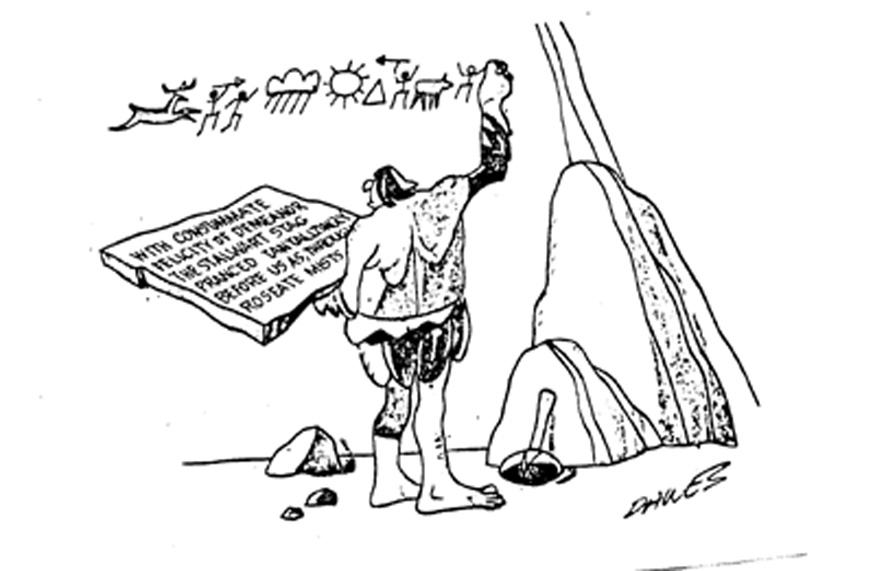Writing Systems
Most of us know only one writing system - our own. This limits our understanding of it, and makes us accept its weaknesses too easily. We could learn a great deal by looking at the other writing systems of the world - the problems they have faced, the solutions they have devized, and how most of the major languages of the world have been reformed in the past 150 years. It is parochial to keep our eyes shut to the world around us.All types of writing system have advantages and
disadvantages. So far, three broad types of writing system have been invented -
Their ease and efficiency is related to the nature of the language that each represents. See World writing systems - an introduction Types of writing systems
Writing systems of other languagesArabic , Danish, Faroe Islands, Finnish, French, German, Hungarian, Hebrew, Norwegian and Serbo-Croatian illustrate how different languages and historical circumstances set different problems for their writing systems Reforms and Revolutions in Writing systems
Here is a list of languages with writing system improvements in the past 150 years - some with a lot of fuss and some with none, some with minor changes and others with complete revolutions. But they can do it! (Why can't the English?) This list is incomplete.
Writing systems can be compared for
The 'optimal' orthography - the
'best possible' - for a language
can be defined as the writing system which facilitates maximum
rates of literacy and efficient reading, and gives the least
risk of failure for learners, including potential dyslexics. It
is an excellent corrective to observe other writing systems of
the world. They are like natural laboratories for orthographic
design, because they show us how other people read and write
when the writing system is different Other writing systems show the great variety of other possibilities. We can see how they vary in their relative efficiency and how they may match the languages they represent. Not least, knowing about other existing writing systems dispels any blind belief that any orthography (an accepted writing system) 'naturally' develops to be the most efficient possible. Most research and textbooks on reading have been in the English language, not surprisingly. But they take the English writing system for granted. They give a picture of reading processes which are not actually universal - even though other countries have often relied on the findings of English-origin reading research or practice. Findings from research that is restricted to users of English orthography can be based on unfounded assumptions. They may produce misleading generalisations about the essential mental operations in reading. A world view shows how many different principles and features have been employed to represent language for the eye to see.We can discover underlying universals in learning to read and in reading, whatever the script or the tongue, through study of cross-cultural language-writing matches, rather than relying as we tend to do now on the evidence from a single linguistic and cultural setting . But there can be important differences too. Tzeng (1980) reviewed cognitive-psychological, anthropological and neurolinguistic research on the relation of orthography and reading, and suggested that reading efficiency in writing systems with different rules for script-speech mapping might require different cognitive strategies and reading skills. Learners may incorporate a graphemic code according to the type of script they have studied, and as learning how to read is a once-only task, this initial experience may establish their personal base for further language learning. There is some evidence for this. Whorf even thought that a language itself may set limits to what people are able to think, and how they think. The nature of the writing system might also put constraints and offer possibilities for habits of thinking within a culture. Past history may still hold the present captive long after the reasons have been forgotten. The history of other orthographies as well as English shows how their development occurs through historical accidents as much as through any adaptive sort of evolution. Even the original tools used, such as reeds, sticks, chalks, bone and feathers, and surfaces such as rocks, wax, clay, skins, leaves and pulps, have determined many modern script forms, although marks made from chippings, curls or runes may not be ideal shapes for legibility of words. and see Spelling pages, with links from Literacy for the Millennium and English spelling improvement
Back to Ozideas Home Page |

